
Turning the World Inside Out: 30 Years a Painter
Solo show at Gow Langsford Gallery, Auckland, New Zealand.
30th August – 24th September 2016

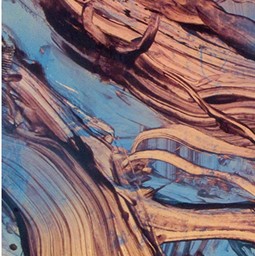
Solo show at Gow Langsford Gallery, Auckland, New Zealand. 2016.
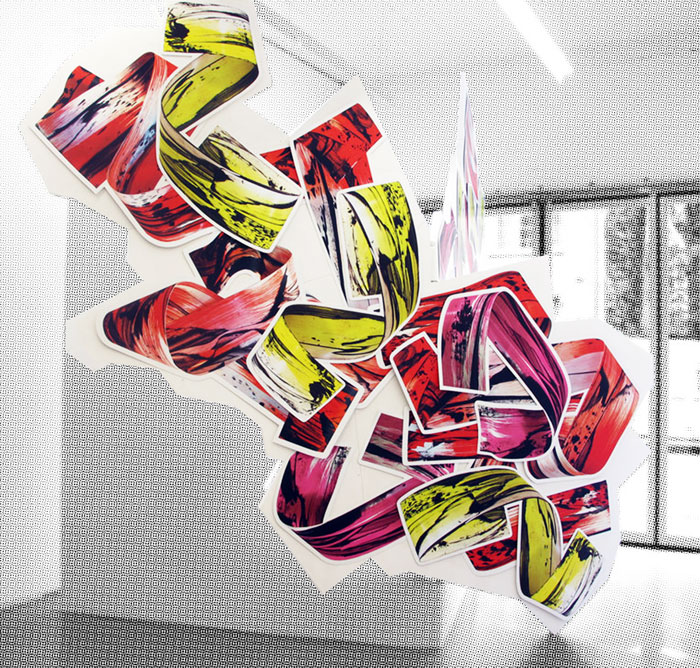
Featuring Advancing All Electric – part of a group show at Galerie Mark Mueller. 2016
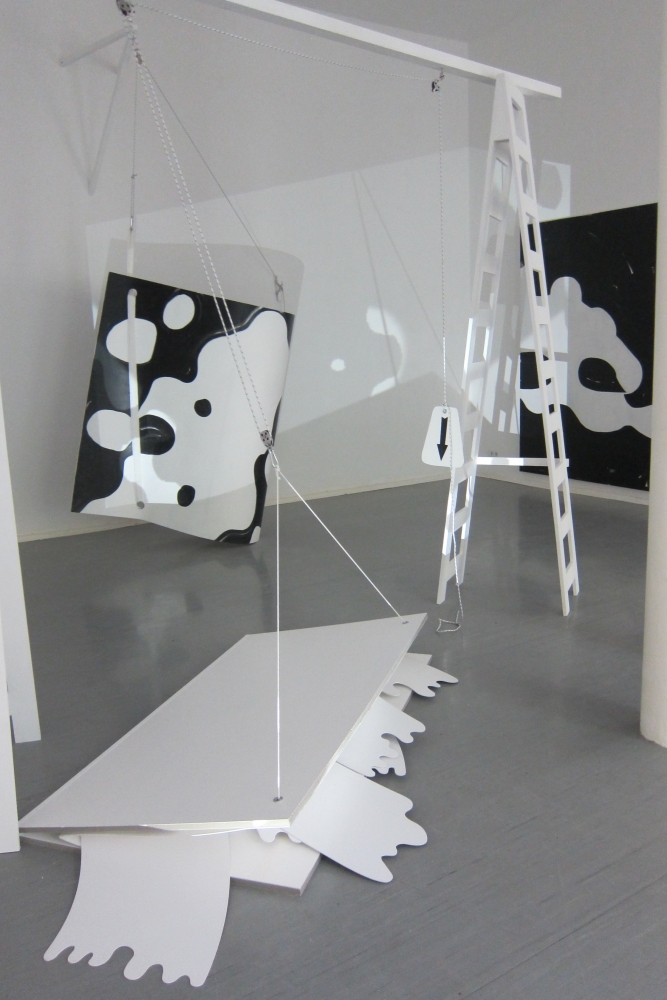
Group show at Frontviews Temporary, Kunstquartier Bethanien, Berlin. 2015.
30th August – 24th September 2016

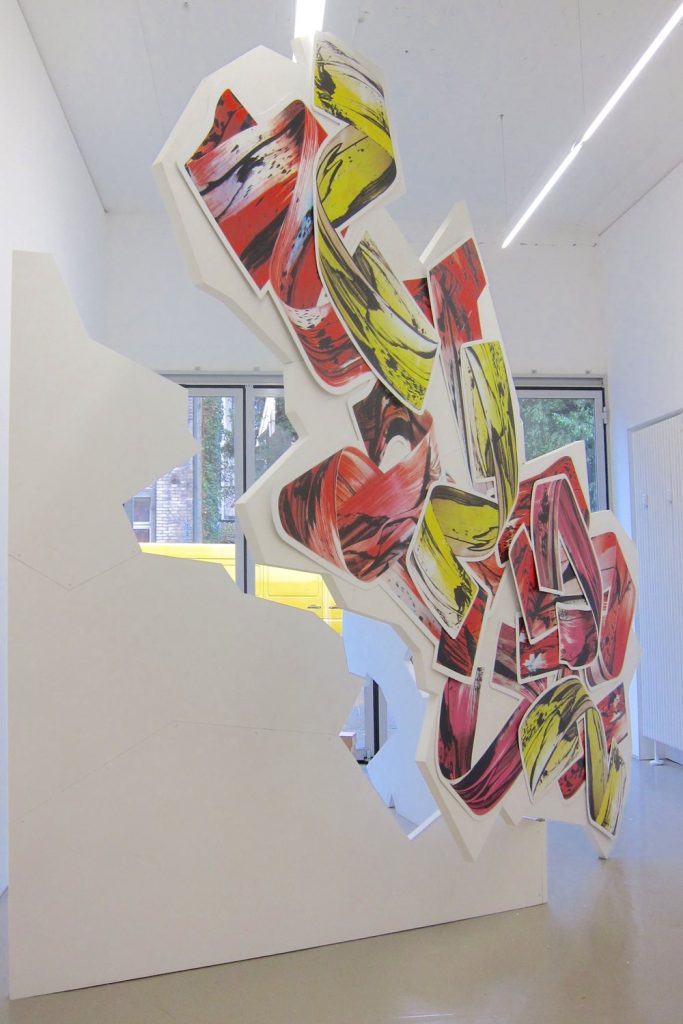
Image: Judy Millar, Advancing All Electric, 2016. Installation view, Galerie Mark Müller, Zurich. Photo: Millar Studio. Courtesy the artist.
Merzbau explored new spatial ideas in art, and my work also relates to new kinds of space, specifically combining elements of architecture, sculpture and painting. I am also interested in the idea of collage that Schwitters was using. Of course, he was collaging everyday material, and I am reassembling digital reproductions of my own painted images. The worthwhile thing about showing in Europe is that you get these very new takes on the work that you are doing—connections that wouldn’t be immediately made here, in New Zealand.

Image: Judy Millar, Untitled, 2016. Acrylic and oil on paper, 89 x 64 cm (incl frame). Courtesy of Bartley + Company Art.
They are called ‘space works’. In the studio we call them ‘props’ rather than sculptures. I would always bristle when the people I work with in the studio called them ‘sculptures’. So we came to the decision that we would call them props—I quite like the word.
Yes, they are a spatial collage in this respect, so this does fit quite well with the Merzbau concerns. On the surface of the structure, I am placing images of other forms that I’ve made in three-dimensions then photographed and had printed onto sticker paper. So the main space work has images of other spatial works hanging on its surface. These images really are like big stickers on the surface of the work. Each of these stickers is stuck to a piece of thin aluminium that is then gently curved in different directions. The difference with this new work is that the stickers, instead of being flat on the surface like previous works, curl away, gently lifting away from the form itself.
So it is quite a complex piece that involves both illusionistic curves and physical curves—real shadows and images containing shadows. If anything, these works are lampooning big heavy ‘male’ sculpture. It is a very gentle dig. These are stickers! It is everything that you shouldn’t do with a traditional sculpture: it’s illusionistic, it’s not real, it’s plywood made to look like cardboard, and it carries images on its surface.

Image: Judy Millar, Advancing All Electric, 2016. Installation view, Galerie Mark Müller, Zurich. Photo: Millar Studio. Courtesy the artist.
I try and undo them because I want to understand them. My way of understanding something is to pull it apart. A good sculpture is about a form in the round that both alters and is altered by the space that surrounds it. But I am more interested in it existing as an image rather than a form. This recent spatial work is primarily made up of slotted planes—it is planar in the sense that it is really just an image surface that has become a little more complicated.
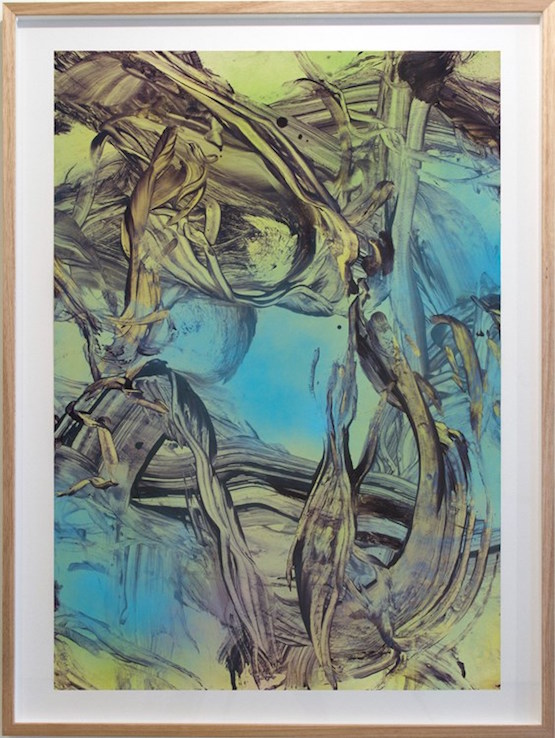
Image: Judy Millar, Untitled, 2016. Acrylic and oil on paper, 115.5 x 86 cm (incl frame). Courtesy of Bartley + Company Art.
Yes, an absolutely central interest of mine is how a painting alters its spatial environment. On one level, the painted works are a ‘finding out’ process that includes some really basic stuff about how colours interact and how the very fluid and incredible medium of paint functions. But I am painting these works flat on the floor and when I am doing this, I am trying to build an entire space. It is not that I am just thinking of a two-dimensional planar surface on the ground. It is as though I am trying to build a dome-like space above the canvas. I am in space; my movements are in space. So the painting is really about creating a form of space. It almost lands on that plane with the hope that, when I put the canvas upright, it is going to then come into the viewer’s space—that it is going to determine this space or influence it in someway.
The word that always sets my teeth on edge is ‘gesture.’ Gesture seems like something that comes gushing out from deep inside you. That is not really what I am interested in. My work is much more about drawing; it is about looking and seeing, less about ‘expressing’. I’m using gesture only in the sense that a gesture can communicate something.
But Abstract Expressionism did produce some pretty amazing work and it also fell into a very big hole. I think there is something in there that is still worth exploring—that is still worth bringing forward. But like everything that is continually repeated, Action Painting became nothing but a mannerism. And I am very aware that I am referencing this form of painting in a ‘gone’ way. I am not really parodying it; rather I am referencing a ‘gone form’. It is a form that already stands for something. This continues to interest me greatly with painting. — Read original article here.
11 June – 23 July 2016
More information about Advancing All Electric can be read in A conversation with Judy Millar, an essay written by Kate Brettkelly-Chalmers for Ocula.
20 April – 7 May 2016
30th October – 15th November 2015
Call Me Snake, a temporary sculpture commissioned as part of Christchurch’s Scape Public Art initiative, SCAPE 8.
Made from steel, plywood and digital print.
Millar is best known for her large-scale digitally printed and painted canvases, which loop and undulate through architectural spaces, exploring ideas of scale, and the compression of time and space. Her work for SCAPE 8 New Intimacies, Call me Snake, pushes these ideas beyond the enclosed architectural spaces she has previously worked with, into the Central Christchurch landscape.
Full article here.
29 May – 26 June 2015
Excerpt from i-D Interview.
In the past decade, acclaimed New Zealand artist Judy Millar‘s varied work has filled a German gallery with Technicolor tidal waves and unspooled wild brushstrokes across the walls of a Renaissance church for the 53rd Venice Biennale. Always a fan of an enveloping spectacle, her latest show Reverse Cinema at Sydney’s Sullivan + Strumpf draws on painting, sculpture, and light projections to create an installation that’s both soulful and cerebral. With the show involving her most audacious work yet, i-D chatted with the artist about her allergy to categories, falling in love as an intellectual experiment, and why she dreads public art.
Read the full article by Neha Kale for i-D. Or download here.
The library designed by Athfield Architects Auckland opened in February 2015.
30 April – 3 May 2015
Featuring artists: Elena Bajo, Stella Geppert, Judy Millar, Yorgos Sapountzis, Peter Welz and Michaela Zimmer.
3rd March – 28th March 2015
In this exhibition, Millar exhibits a large group of paintings generated in her Berlin studio. Taking cues from the colours found in post-apocalyptic comics these works glow with an otherworldly light, mysterious and unsettlingly beautiful. Forms appear to emerge and disintegrate in an unstable world of things half-seen and impossible to recognise.